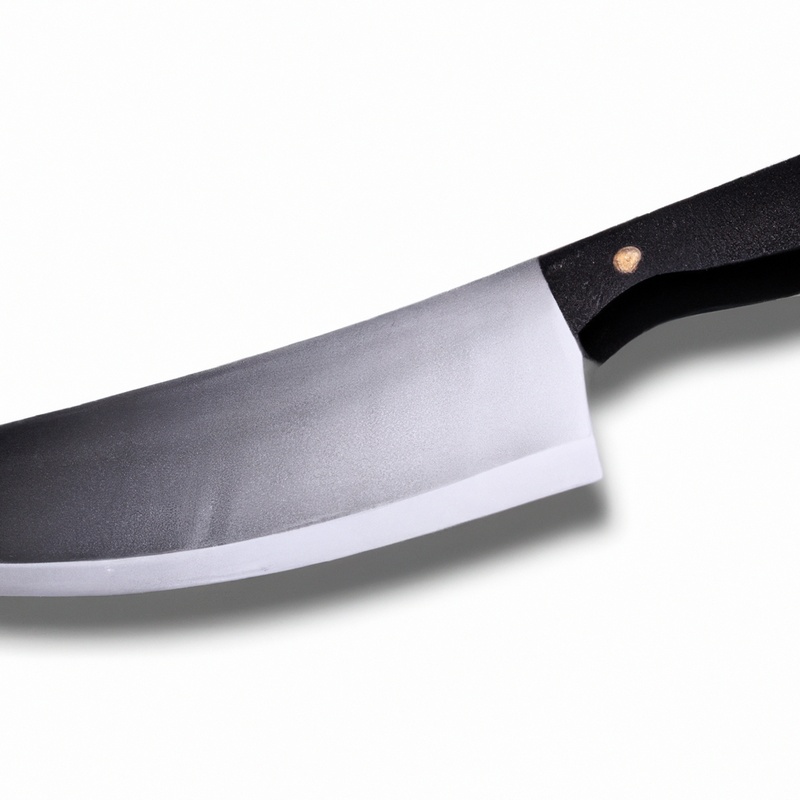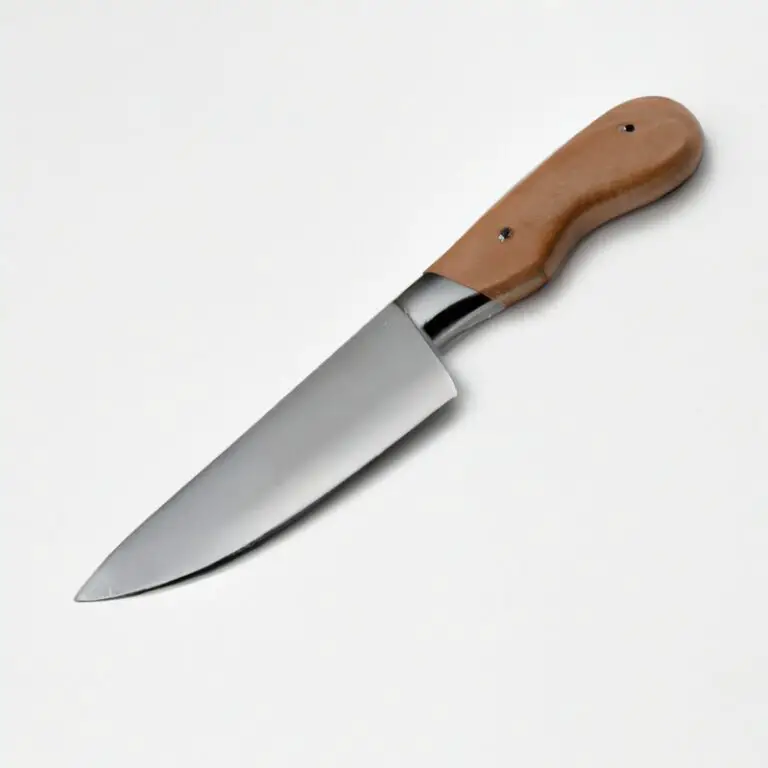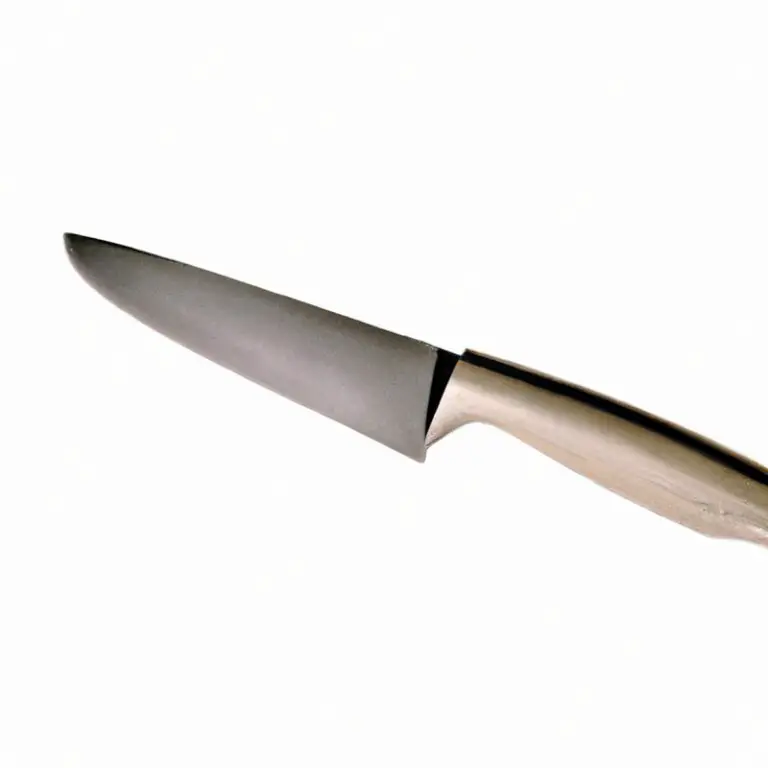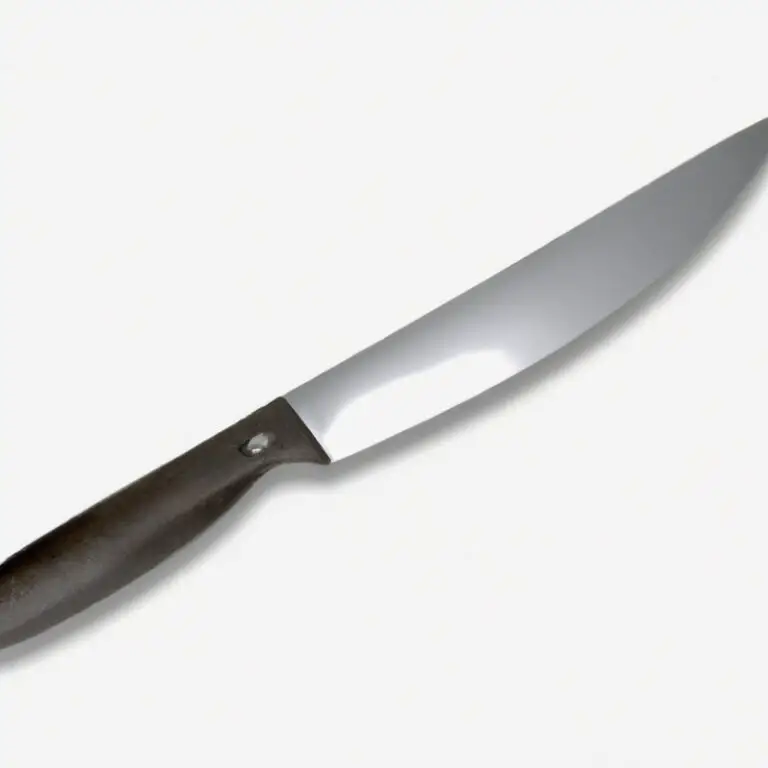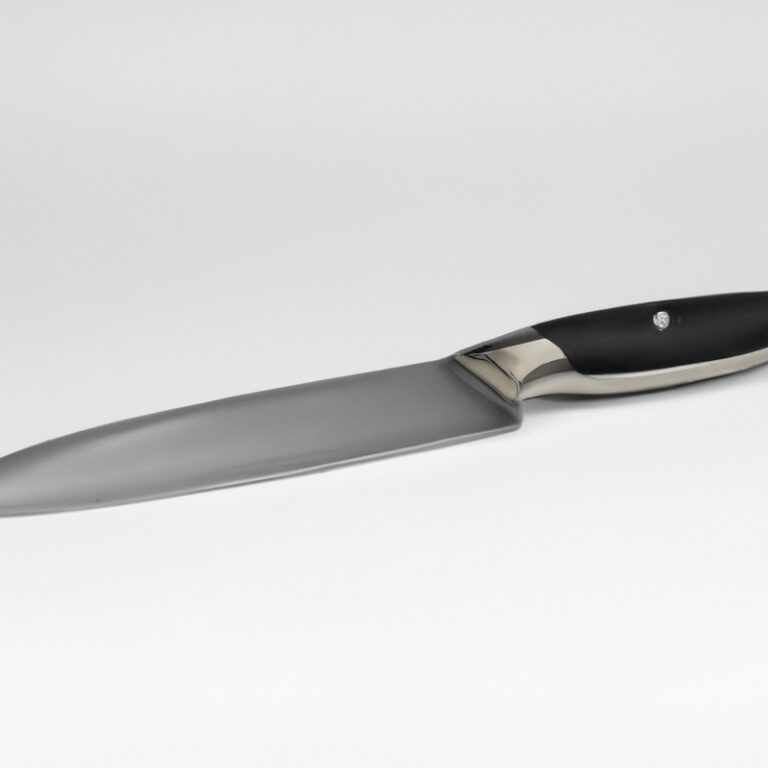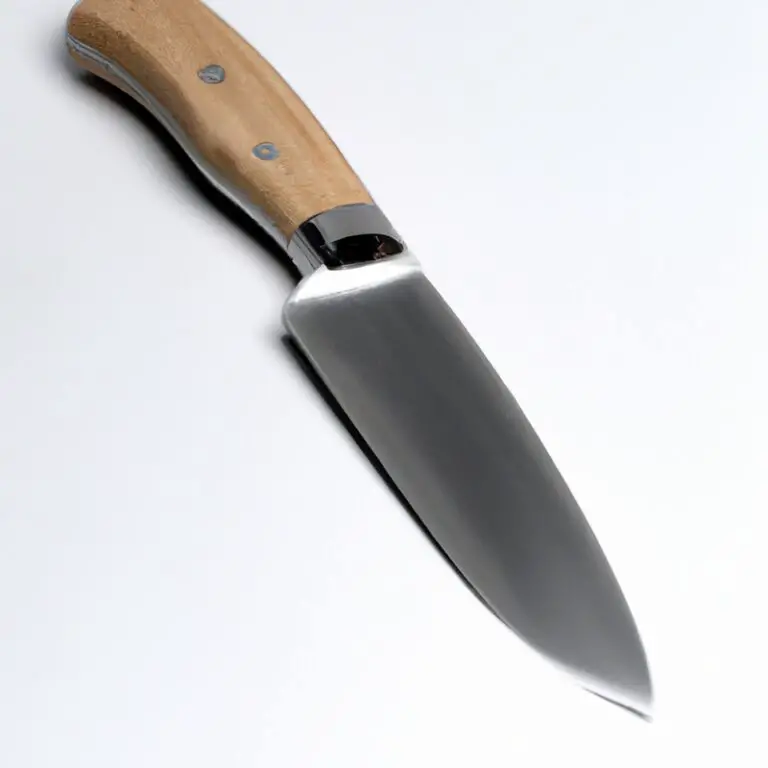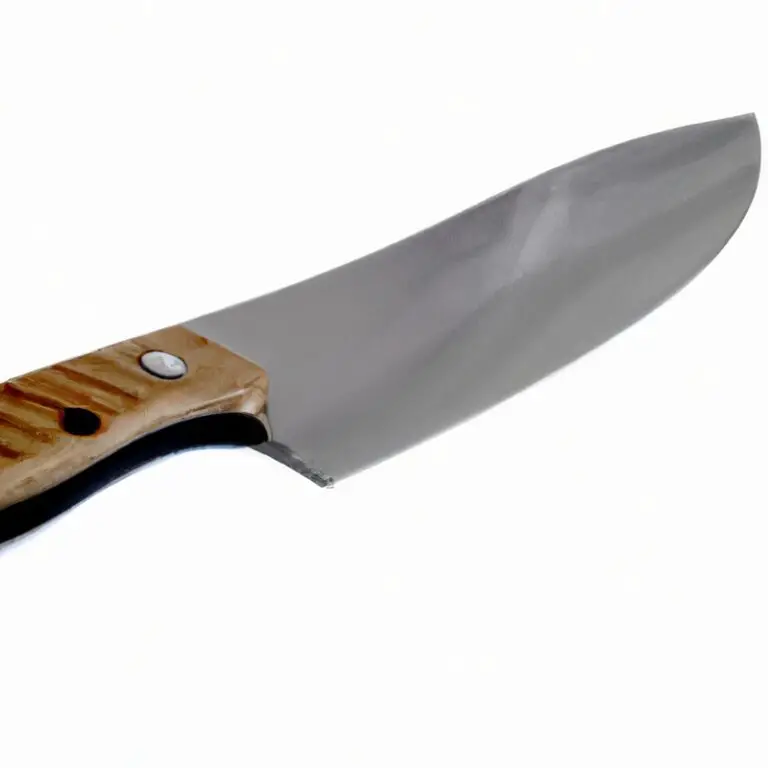How To Fillet a Splake Using a Fillet Knife? Expert Tips
Key Takeaways:
- Use a sharp fillet knife to minimize damage to the meat and maximize the amount of fillet you can obtain.
- Position the fish correctly, identify the spine, and make precise cuts to remove the fillet from the skin.
- Avoid damaging the fillet by cutting against the grain and removing all of the bones.
- Practice safe handling practices and ensure proper storage of the fillet to maintain its freshness and flavor.
Have you ever caught a splake while fishing and wondered how to prepare it for your next meal? Filleting a splake may seem daunting, but with the right tools and technique, anyone can do it! In this article, I’ll share my expertise on how to fillet a splake using a fillet knife.
From gathering the necessary equipment to storing the fillets, I’ll guide you through each step of the process.
Plus, I’ll provide tips on how to ensure safe handling of your catch to avoid any foodborne illnesses. So, let’s get started and transform your fresh splake into a delicious meal with these easy steps!
| Fillet Step | Description |
|---|---|
| Remove Head | Cut off the head behind the gills with a sharp fillet knife. |
| Slit to Backbone | Place the knife tip behind the gills and slice downward to the backbone. |
| Cut Along Backbone | Turn the blade and cut along the backbone, keeping the knife angled at a 45-degree angle. |
| Remove Rib Bones | With the tip of the knife, cut through the rib bones to separate the fillet from the rib cage. |
| Skin the Fillet | Slide the knife between the skin and flesh at a 45-degree angle, keeping the blade close to the skin as you cut. |
Gather the necessary equipment
Before you start filleting a splake, it’s important to gather the necessary equipment to ensure a successful filleting process. These are the tools you need:
- A sharp fillet knife with a flexible blade
- A cutting board
- A pair of gloves for safety
- A container or bag for the fish carcass
- A sharpener or honing tool (optional
Make sure that your fillet knife is sharp and in good condition to make clean cuts. Wear gloves to avoid any injuries while handling the fish or knife.
Use a container or bag to properly dispose of the fish remains without harming the environment.
Once you have all the necessary equipment, you’re ready to prepare the splake for filleting.
Prepare the splake for filleting
To prepare the splake for filleting, you need to clean and gut it first. Remove the scales and cut off the head behind the gills.
Use a sharp knife to make a shallow cut across the belly of the fish from its anus to the base of the gills.
Then remove the insides of the splake, including the guts, liver, and kidneys. Be careful not to puncture the intestines as they can make the fish taste bitter.
Rinse the cavity of the fish thoroughly with cold water.
Once the fish is gutted and cleaned, it is ready for filleting.
Measure and cut lengthwise along the spine
Next, it’s time to measure and cut lengthwise along the spine. Using the fillet knife, place the tip at the head of the fish and make an incision along the ridge of the spine, taking care to avoid cutting too deep into the bone.
Use your other hand to press down on the fish to keep it steady while cutting.
Work your way down the length of the fish, following the curve of the backbone. Once the fillet is entirely separated from the spine, flip the fish and repeat the same process on the other side.
With both fillets separated, you can now move on to removing them from the bone.
Turn the splake and repeat the cut on the other side
Once you have completed the first cut lengthwise along the spine, you need to turn the splake over and repeat the same process on the other side. Make sure that you are slicing the fillet away from the bones as you cut.
Take your time and follow the natural contours of the fish to avoid losing any meat.
Once you have separated the fillet from the bones, move onto trimming and cleaning the fillet to prepare it for storage or cooking.
Separate the fillet from the bones
To separate the fillet from the bones, use a fillet knife to carefully slice along one side of the ribcage from the head to the tail. Then, turn the splake over and repeat on the other side.
Starting at the head, slide the knife between the flesh and the bones, keeping the blade flat against the bones.
Use a gentle sawing motion to guide the blade along the bones, being careful not to cut through the skin. Continue until you have removed the fillet completely.
Repeat on the other side of the fish.
Make sure to remove any remaining bones before cooking or storing the fillet.
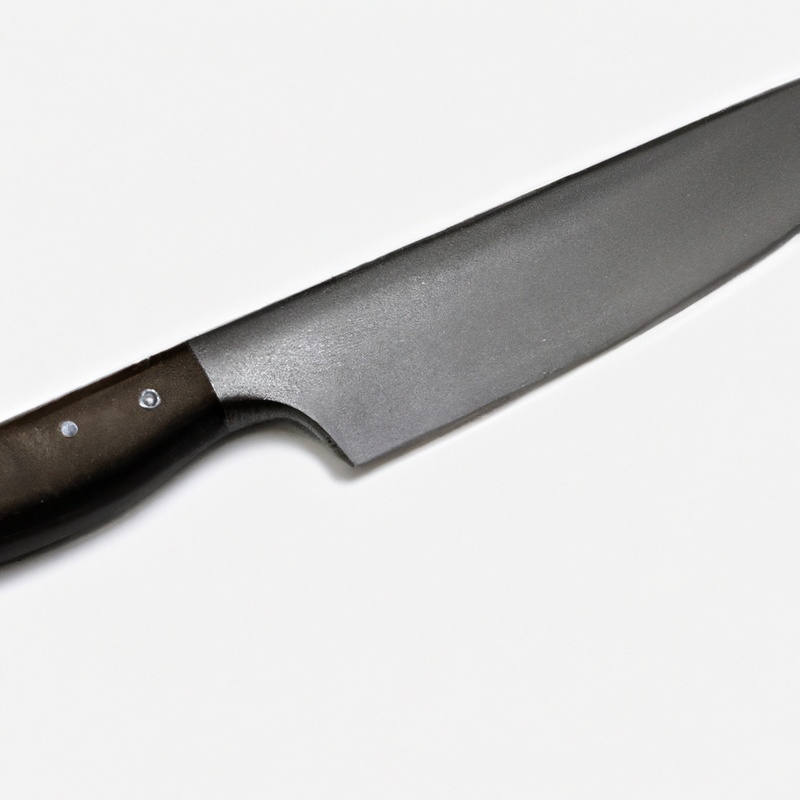
Trim and clean the fillet
After separating the fillet from the bones, it’s important to trim and clean the fillet. This process involves removing any remaining bones, skin, and other unwanted bits to ensure you’re left with a fully edible fillet.
To trim the fillet, you’ll need a sharp fillet knife.
Start by removing any visible bones along the length of the fillet. If you come across any small pin bones, use a pair of pliers or tweezers to pull them out.
Next, use the fillet knife to remove the skin.
Starting at the tail end, run the knife between the skin and flesh of the fillet, using a back-and-forth motion to ensure you remove all of the skin. Once the skin is removed, inspect the fillet for any remaining bones or unnecessary bits.
Use the fillet knife to trim away any excess fat or connective tissue.
Once you’re satisfied with the fillet, give it a quick rinse under cold water to remove any debris. Pat it dry with a paper towel and you’re ready to prepare it however you’d like.
Remember to always practice safe handling techniques when filleting fish, and dispose of the remains properly.
Store your fillets in the fridge or freezer until you’re ready to use them.
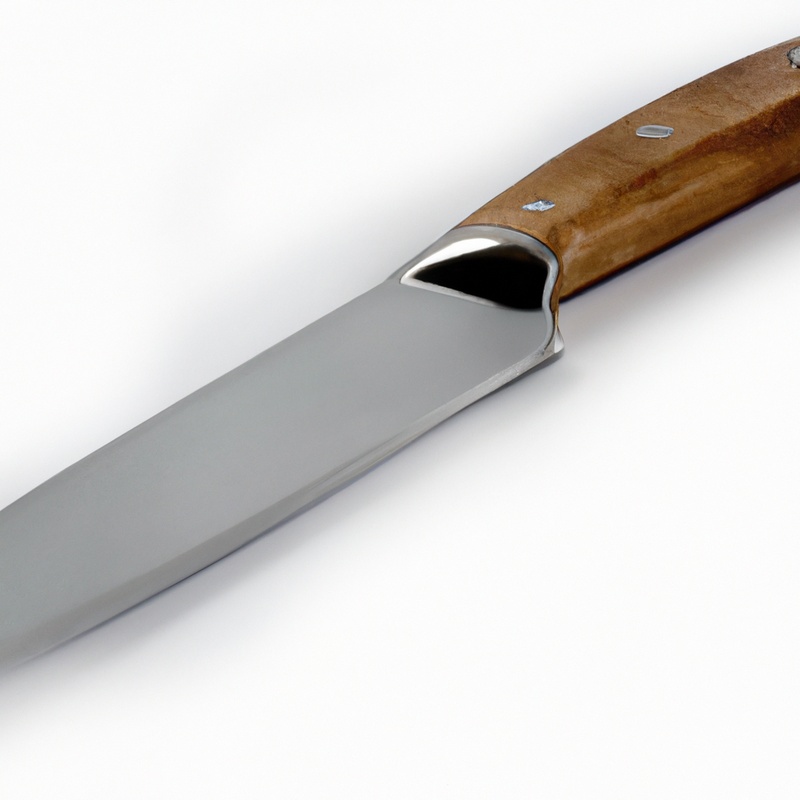
Repeat the process with the other side of the splake
After removing the first fillet from the splake, flip it over and repeat the cutting process on the other side. Start by measuring and cutting lengthwise along the spine and then separate the fillet from the bones.
Once the fillet is removed, clean and trim it as desired before storing it.
Repeat on the other side until both fillets are removed. Remember to practice safe handling techniques and dispose of the remains properly.
Dispose of the remains properly
Dispose of the remains properly: It is crucial to dispose of the remains of the splake properly. Leaving them lying around can create an unpleasant odor and also attract scavengers such as seagulls and other wildlife.
One option is to bury them in a designated area away from water sources and residential areas.
Another option is to dispose of them in a landfill. Before making the final decision on how to dispose of the remains, research and follow local regulations and guidelines.
By taking the time to properly dispose of the remains, you are not only being environmentally responsible, but also ensuring the safety of others who may come into contact with them.
Store the fillets refrigerated or frozen
After filleting the splake, it is important to store the fillets properly to maintain their quality and freshness. The best way to store splake fillets is by either refrigerating or freezing them.
If you plan to use the fillets within 2-3 days, then refrigerating them is a good option.
Wrap the fillets tightly in plastic wrap or aluminum foil and place them in the coldest part of your fridge. The ideal temperature for storing fish fillets is between 32-38°F (0-3°C).
On the other hand, if you want to store the fillets for a longer period, then freezing them is the way to go.
Wrap the fillets tightly in plastic wrap or vacuum seal them, then place them in a freezer-safe container or bag. The ideal temperature for storing fish fillets in the freezer is at or below 0°F (-18°C).
It’s important to note that frozen fish should be used within 3-4 months for optimal quality, while refrigerated fish should be used within 2-3 days.
Properly storing splake fillets ensures that they remain fresh, safe to eat, and flavorful.
Practice safe handling techniques
Practice safe handling techniques when filleting a splake using a fillet knife to prevent injuries and food contamination. Always wash your hands before and after handling the fish to avoid cross-contamination.
Use a sharp fillet knife to reduce the risk of slipping and injuring yourself.
Always hold the fish by the head and tail when filleting to keep it stable. Use a cutting board to prevent damage to your countertop and keep the fish in place.
Discard any fillets that have discoloration or an off-smell, as they may be contaminated.
Refrigerate or freeze the fillets promptly after filleting to prevent the growth of harmful bacteria. Dispose of the remains properly by wrapping in newspaper and placing in the garbage.
Remember to always practice safe handling techniques to ensure the best quality and safety of your filleted splake.
Final Verdict
Knowing how to fillet a splake can be a valuable skill for any angler or home cook. With the right equipment, preparation, and technique, filleting a splake can be a straightforward process.
Remember to always practice safe handling techniques and properly dispose of the remains to ensure your safety and the health of the environment.
By following these steps, you can confidently prepare tasty splake fillets for your next meal. Trust the process, and enjoy the delicious rewards of your hard work!

